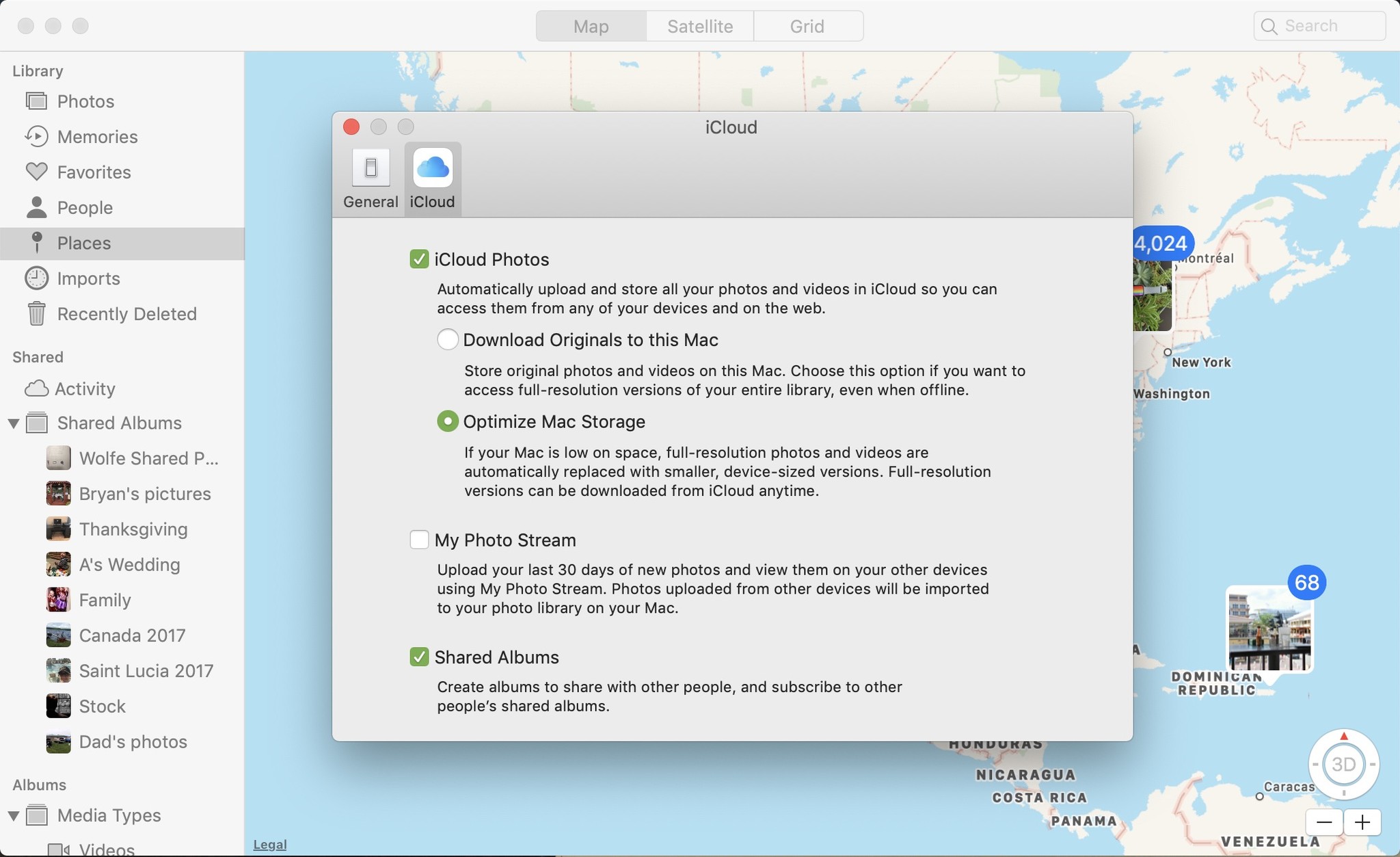Mac Photo Library Amazon Drive
Mac Photo Library Amazon Drive Free
How to Export Your Mac Photos Library. The first step in exporting your Mac Photos library is determining where your library resides on your hard drive. To do that, open Preferences in Photos: Look in the General section, where it says Library Location. Amazon Photos: Amazon Photos offers unlimited full-resolution online photo storage, and 5 GB free video storage, to Prime members, who can save and share their photos on desktop, mobile, and tablet. Share unlimited photo storage with up to 5 people. Nov 09, 2018 Free up your space by transferring your Photos library to another external hard drive. By freeing up space you will have valuable space for your work on your Mac.
Mac Photo Library Amazon Drive Download
You can easily import photos and photo albums from iPhoto to Amazon Cloud Drive. You need to download and install 'Amazon Cloud Drive Desktop' app on your Mac. To import photos from iPhoto, open 'Amazon Cloud Drive' app on your Mac. Click the Cloud Drive menu bar and select 'Import from iPhoto' option. Now you can select multiple iPhoto albums sorted by events. When you select events from iPhoto, Amazon Cloud Drive Desktop app seamlessly uploads photos to your account. You can also upload photos to Amazon Cloud Drive simply by dragging them to your menu bar. You can access those photos instantly on Kindle Fire or from any web browser.
Quick Tip to ensure your Photos never go missing
Photos are precious memories and all of us never want to ever lose them to hard disk crashes or missing drives. PicBackMan is the easiest and simplest way to keep your photos safely backed up in one or more online accounts. Simply download PicBackMan (it's free!), register your account, connect to your online store and tell PicBackMan where your photos are - PicBackMan does the rest, automatically. It bulk uploads all photos and keeps looking for new ones and uploads those too. You don't have to ever touch it.
2020-4-6 The User Library folder is hidden by default in MacOS Catalina, MacOS Mojave, macOS High Sierra, and macOS Sierra, but some advanced users may wish to show and access the /Library/ folder, which contains preference files, caches, and application support data. 2020-2-3 Unhide User Library folder. This method is for Catalina, Mojave, High Sierra, and Sierra. Older versions of macOS require a Terminal command to be run in order to permanently unhide the user Library.  2020-4-5 Your user library instantly populates in your user folder; Unhide Folders to See User Library and a Heck of A Lot More! Another command we can leverage is the Unhide Keystroke of Command+Shift+Period. This action makes any hidden files or folders visible in your Finder, including the user library and all other hidden files. 2018-12-15 I'm sorry but your answer doesn't solve my issue. I am running Mojave 10.14.2. I'm not attempting to solve an internal Macintosh HD issue. I cannot unlock my external hard drives connected via USB to be able to write to them. I can only read what's already stored on them. This was not the case when I first attached them to the computer.
2020-4-5 Your user library instantly populates in your user folder; Unhide Folders to See User Library and a Heck of A Lot More! Another command we can leverage is the Unhide Keystroke of Command+Shift+Period. This action makes any hidden files or folders visible in your Finder, including the user library and all other hidden files. 2018-12-15 I'm sorry but your answer doesn't solve my issue. I am running Mojave 10.14.2. I'm not attempting to solve an internal Macintosh HD issue. I cannot unlock my external hard drives connected via USB to be able to write to them. I can only read what's already stored on them. This was not the case when I first attached them to the computer.